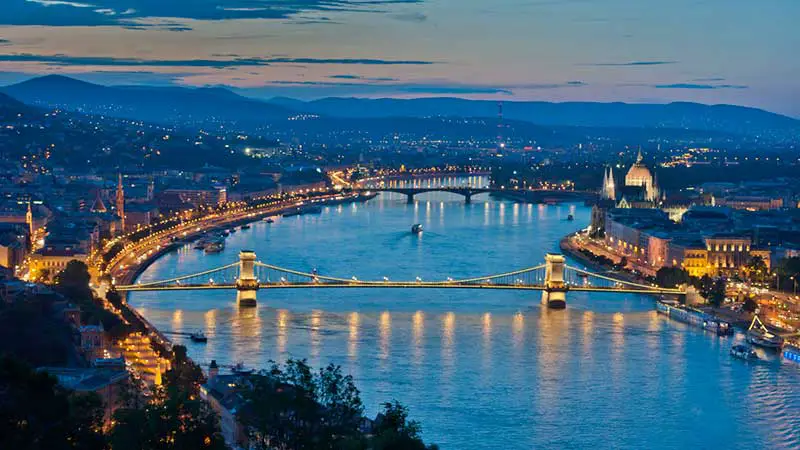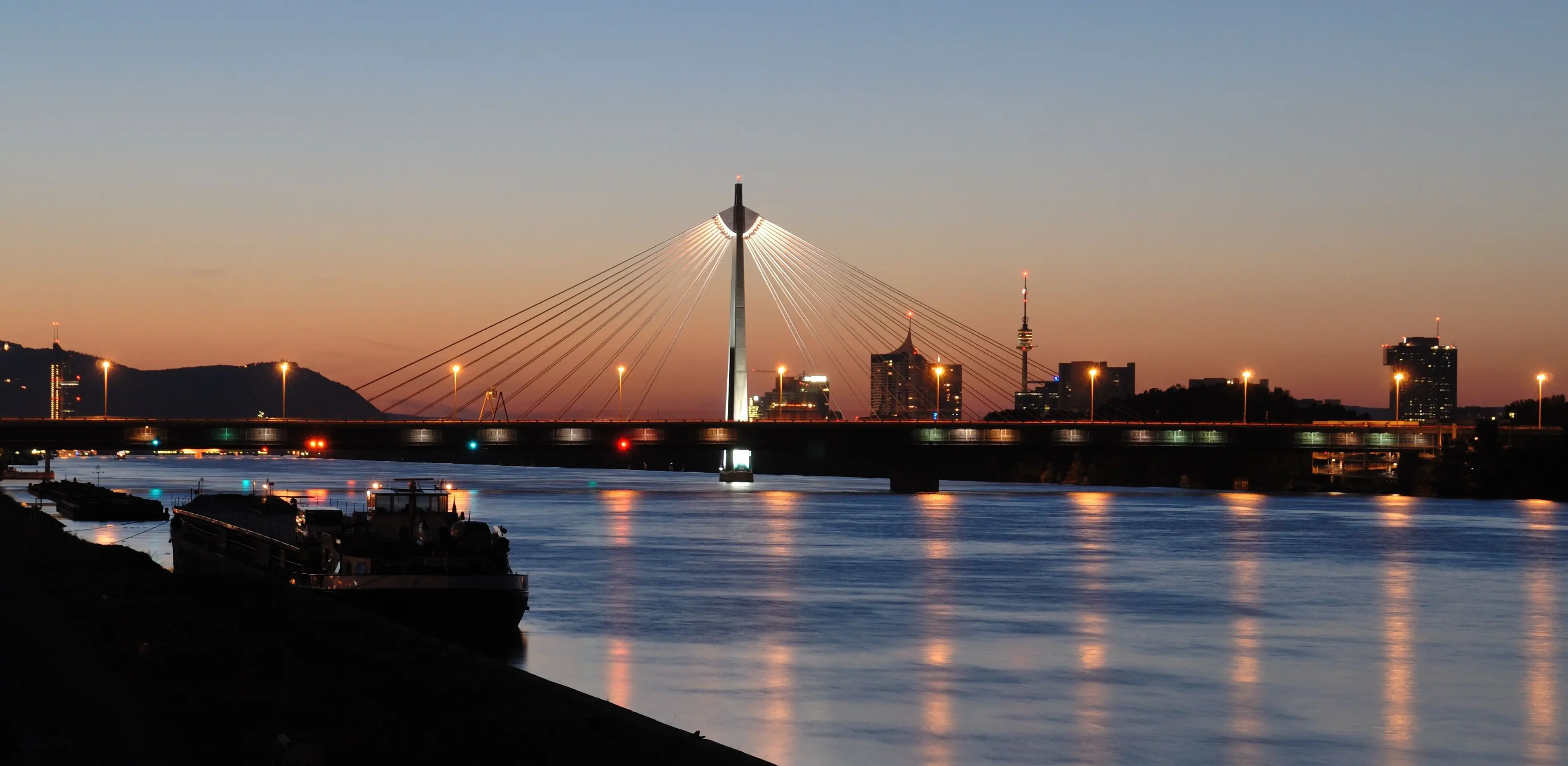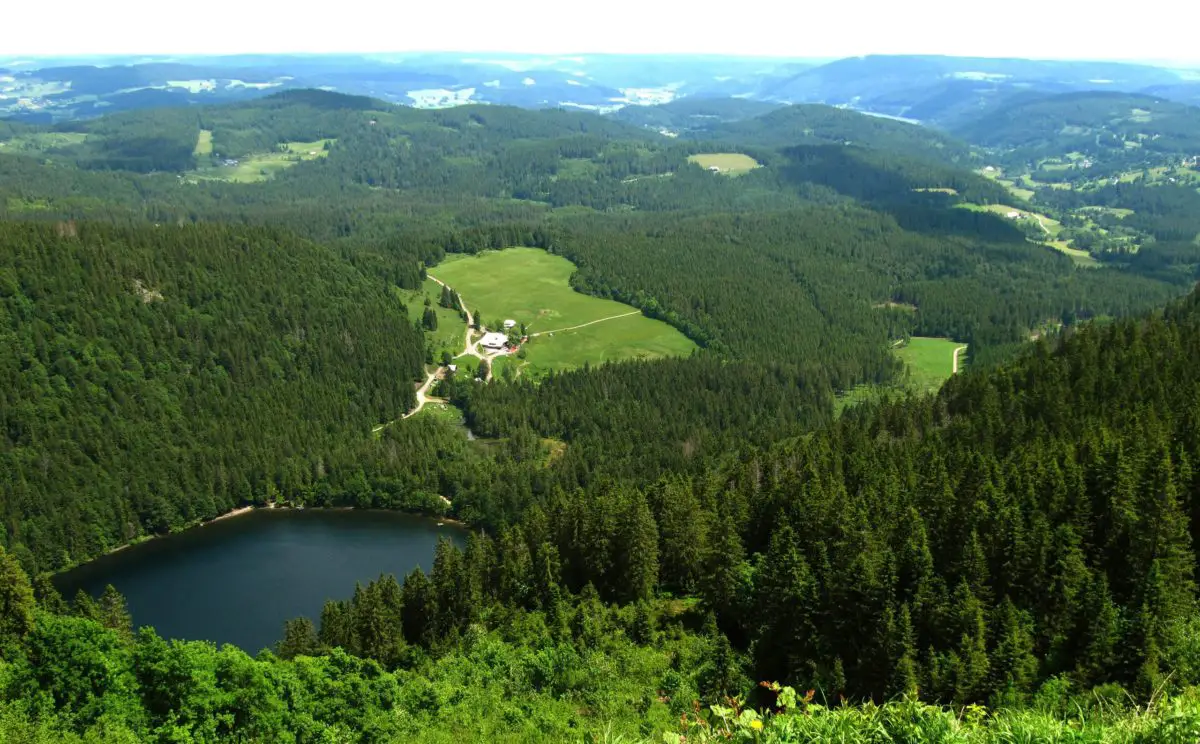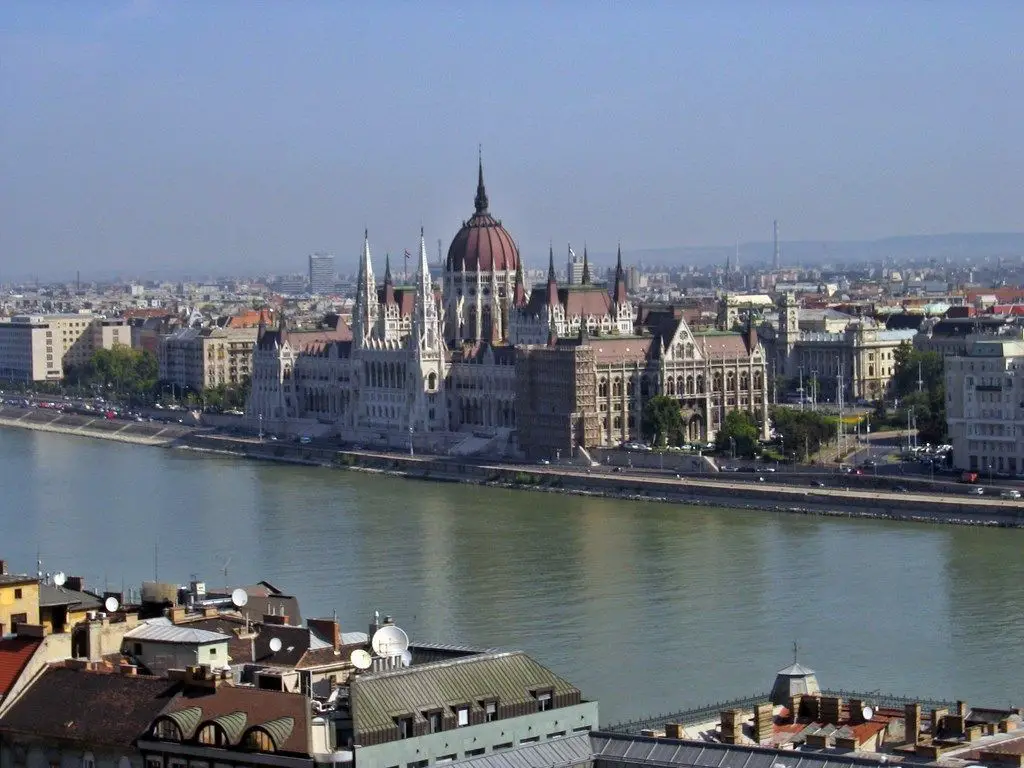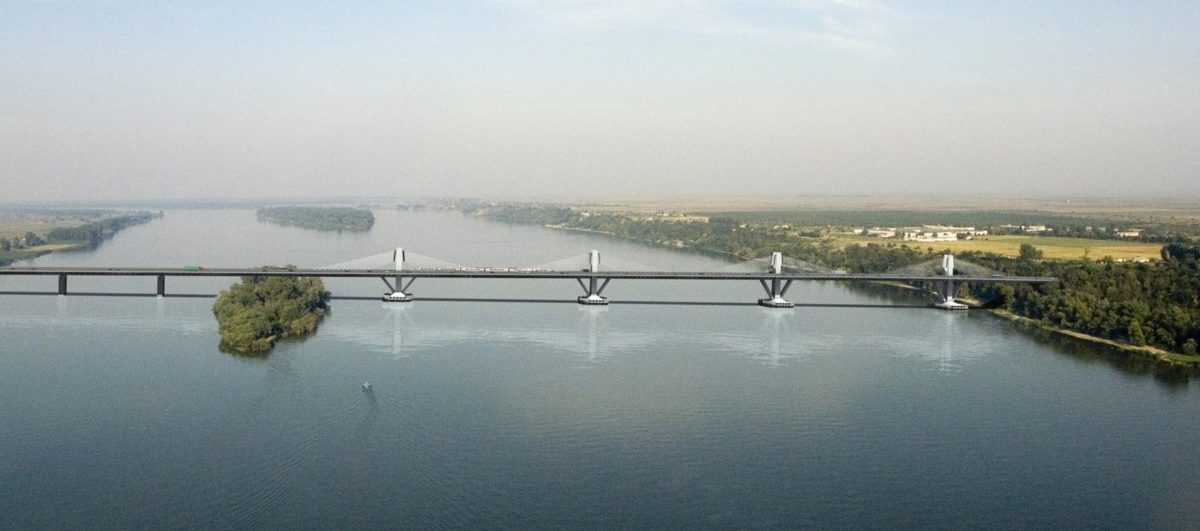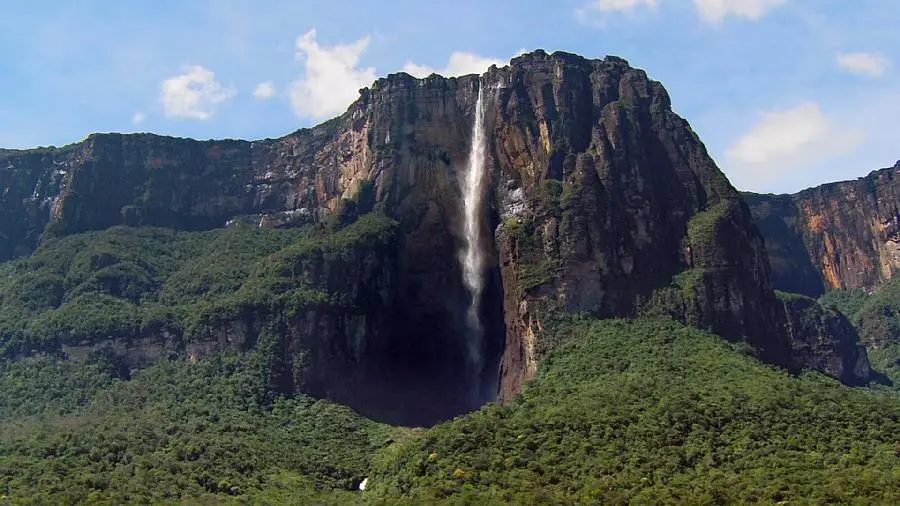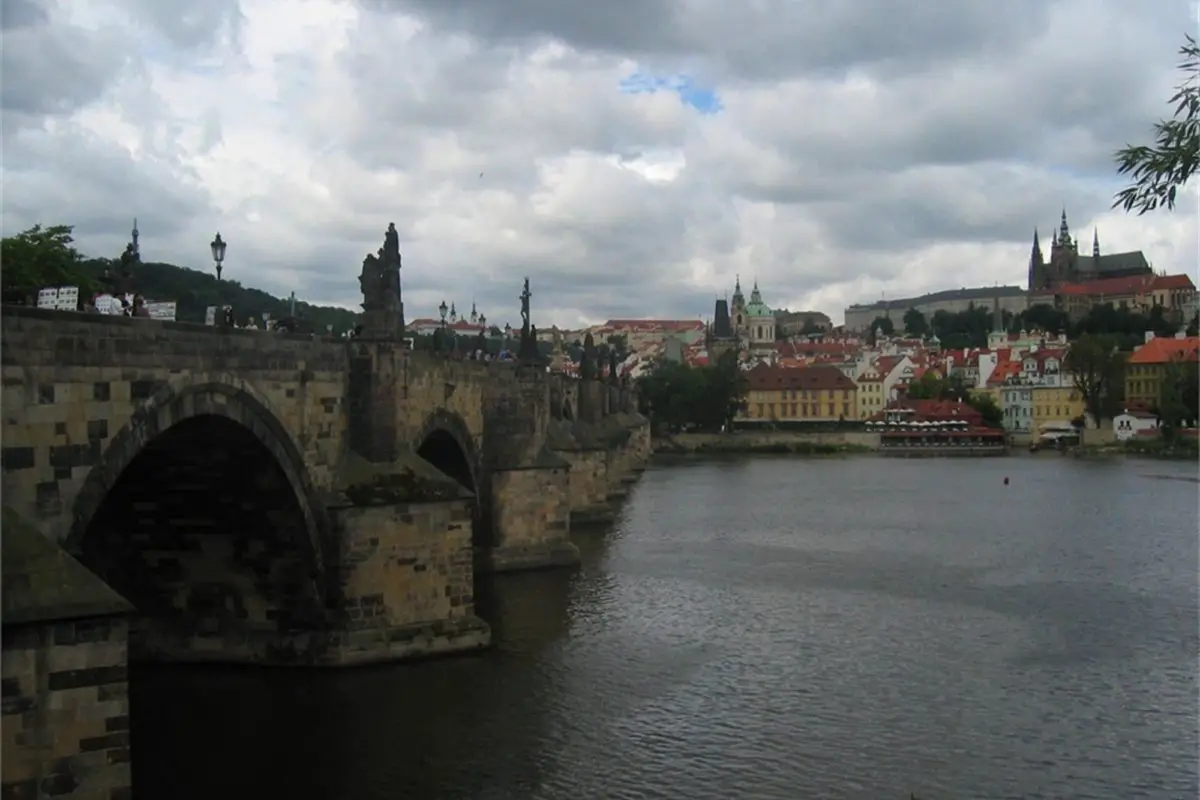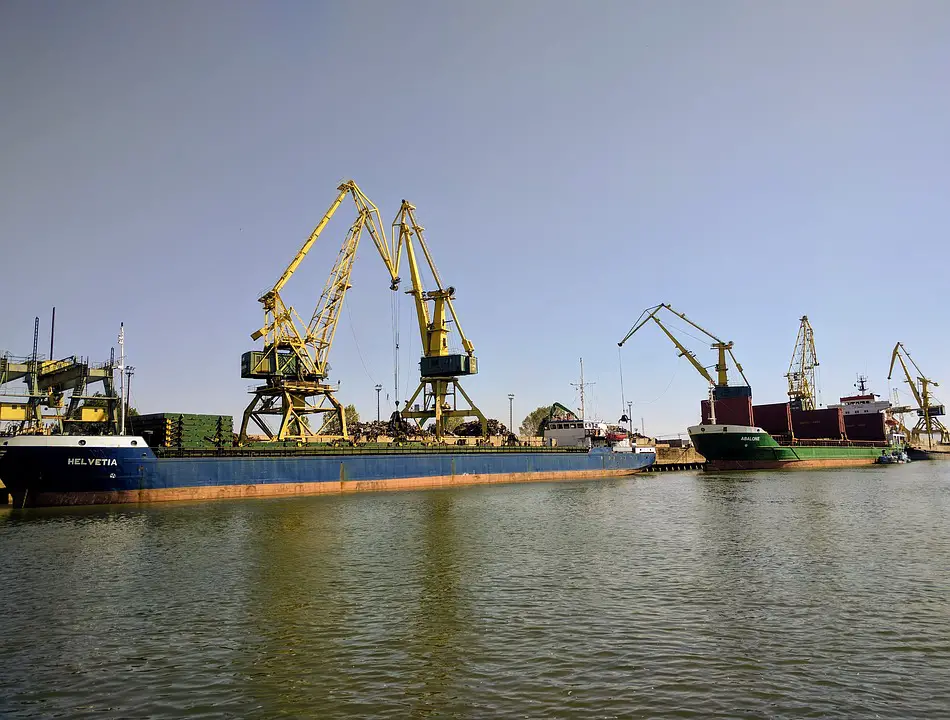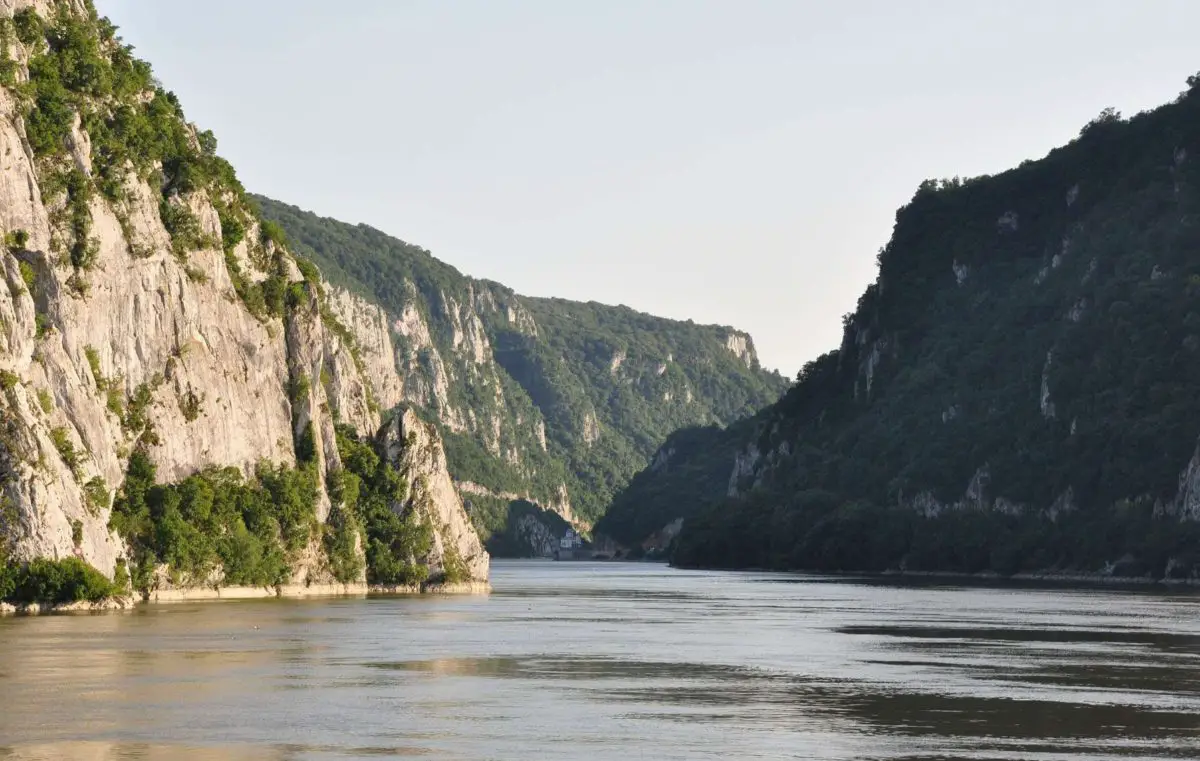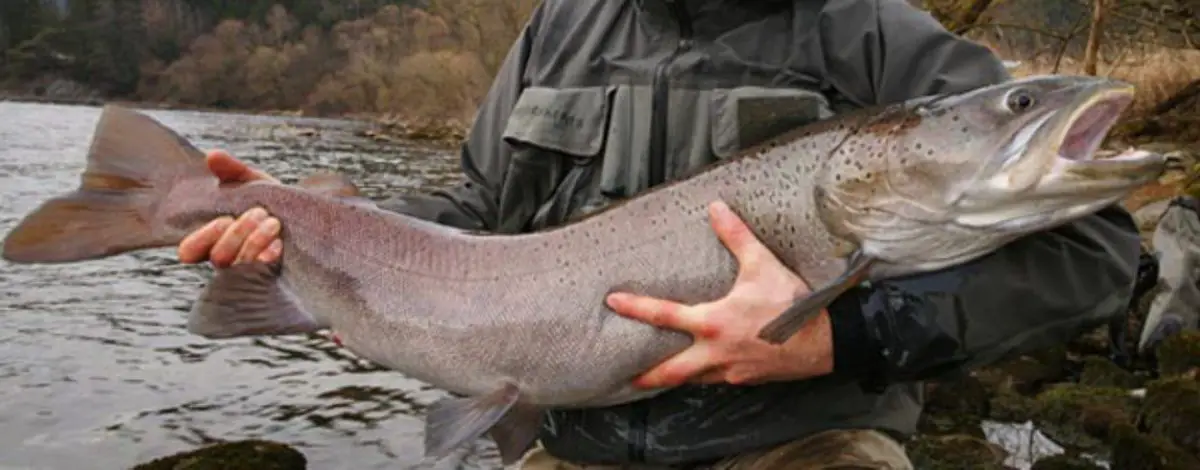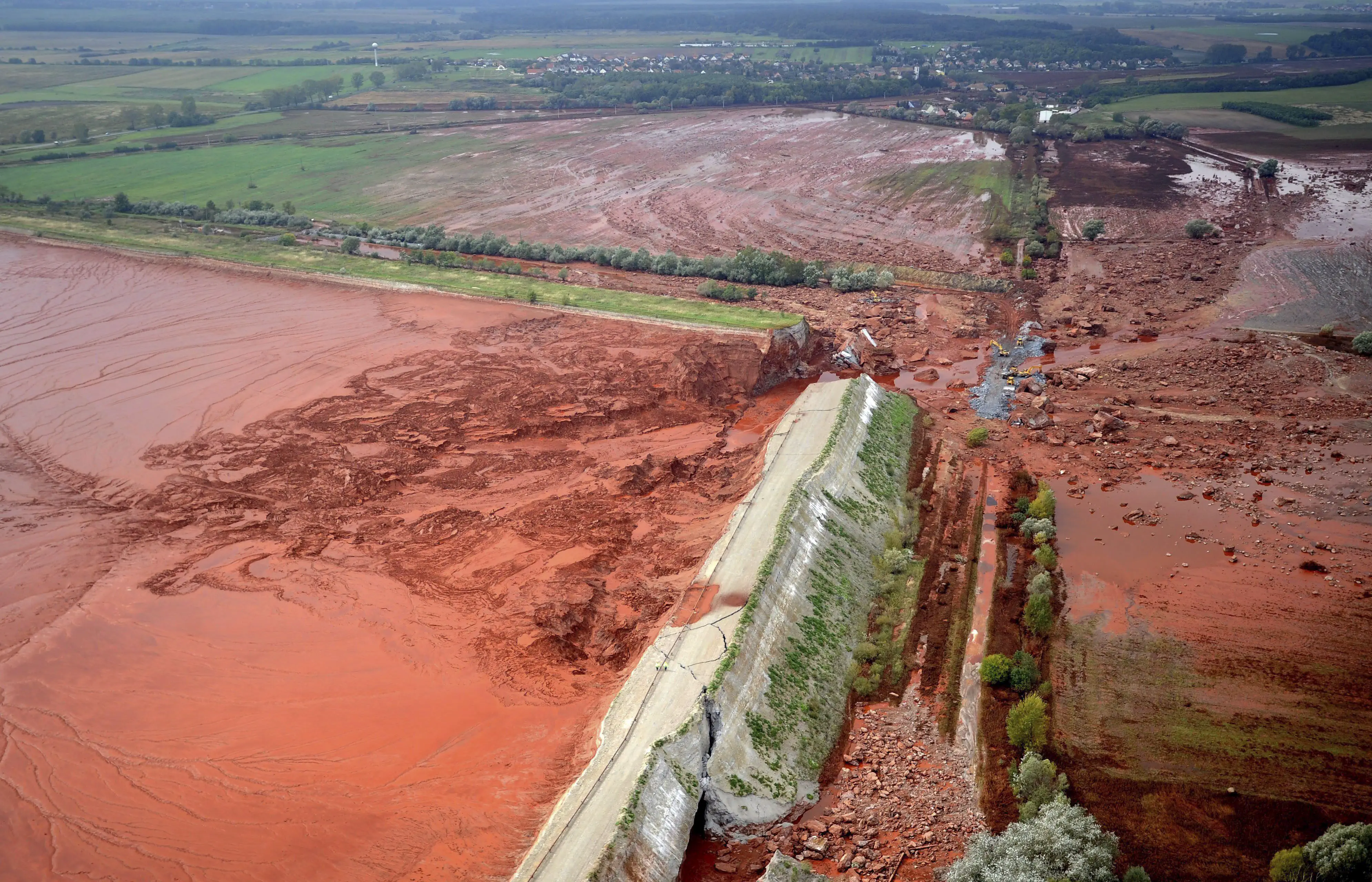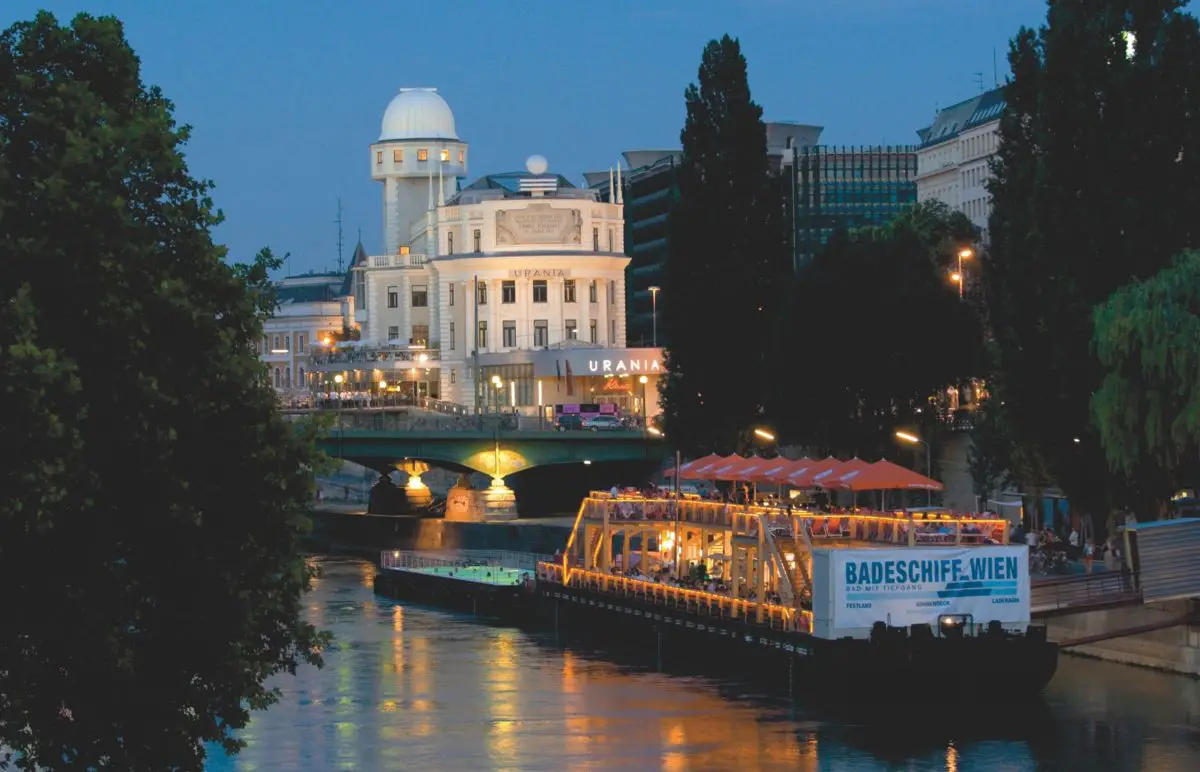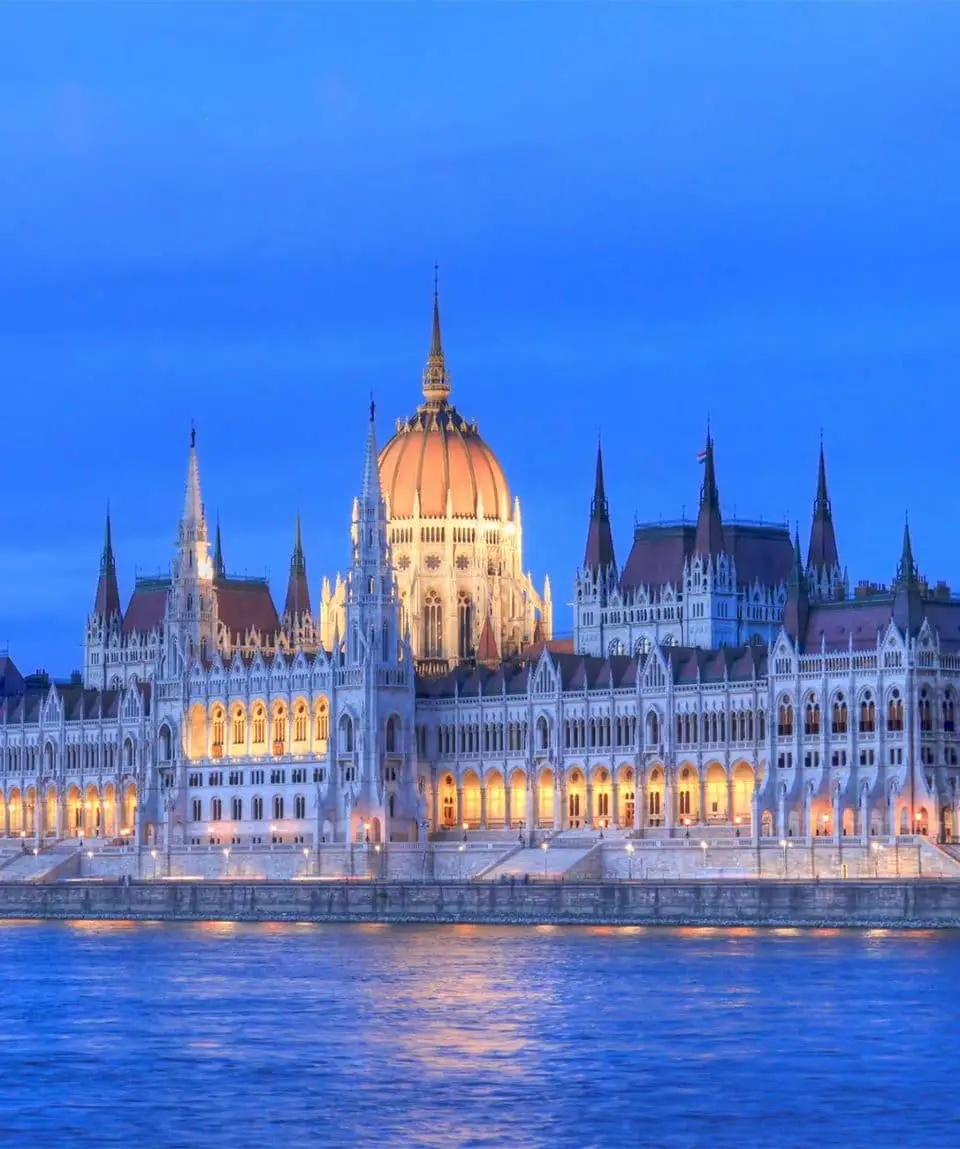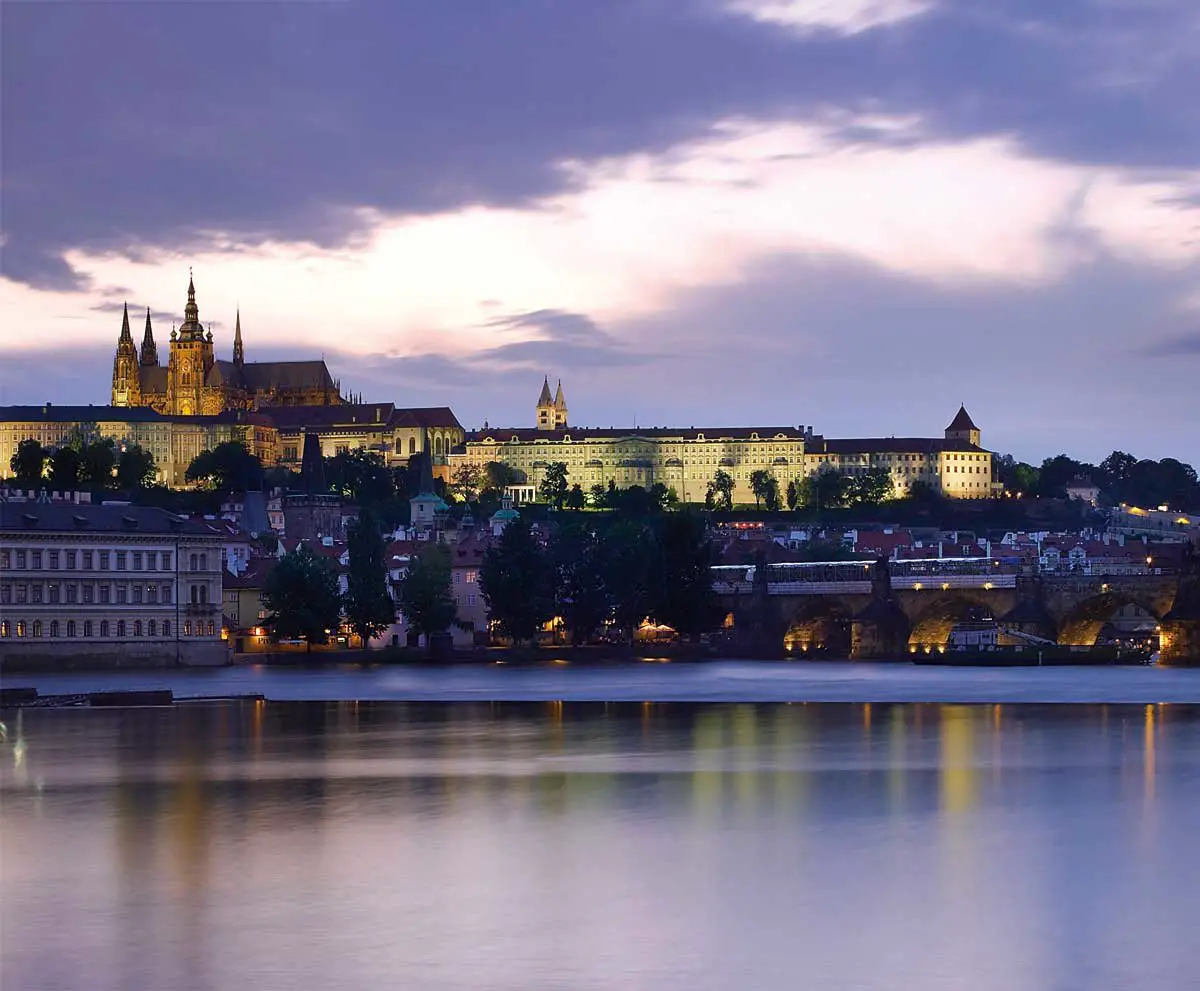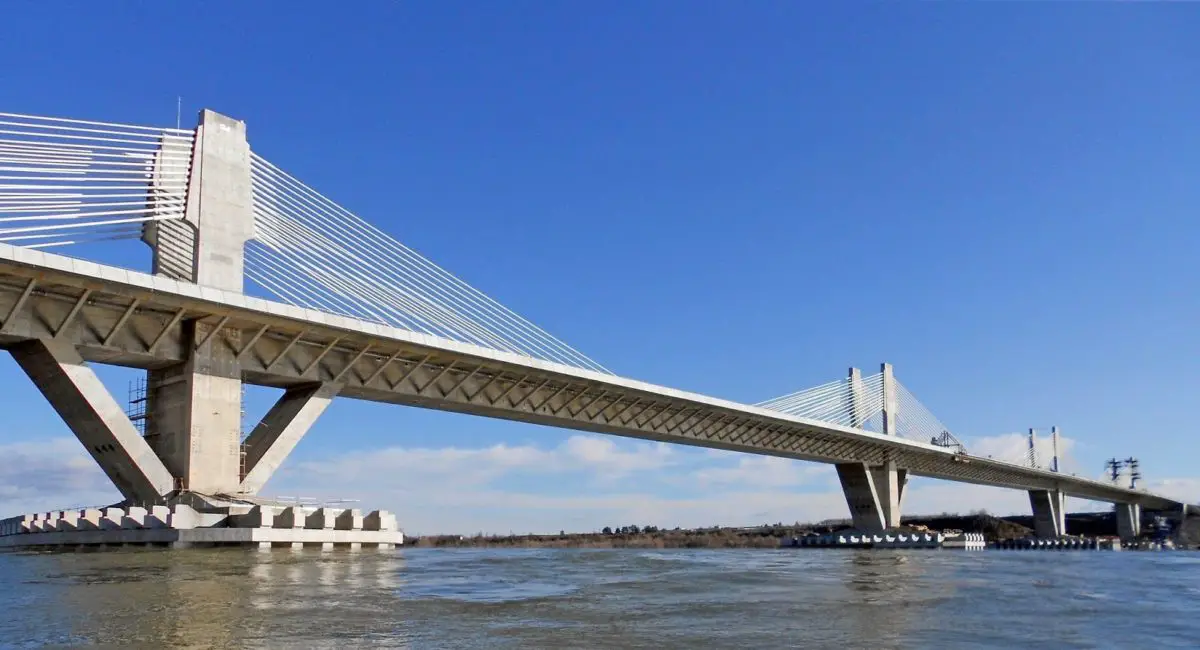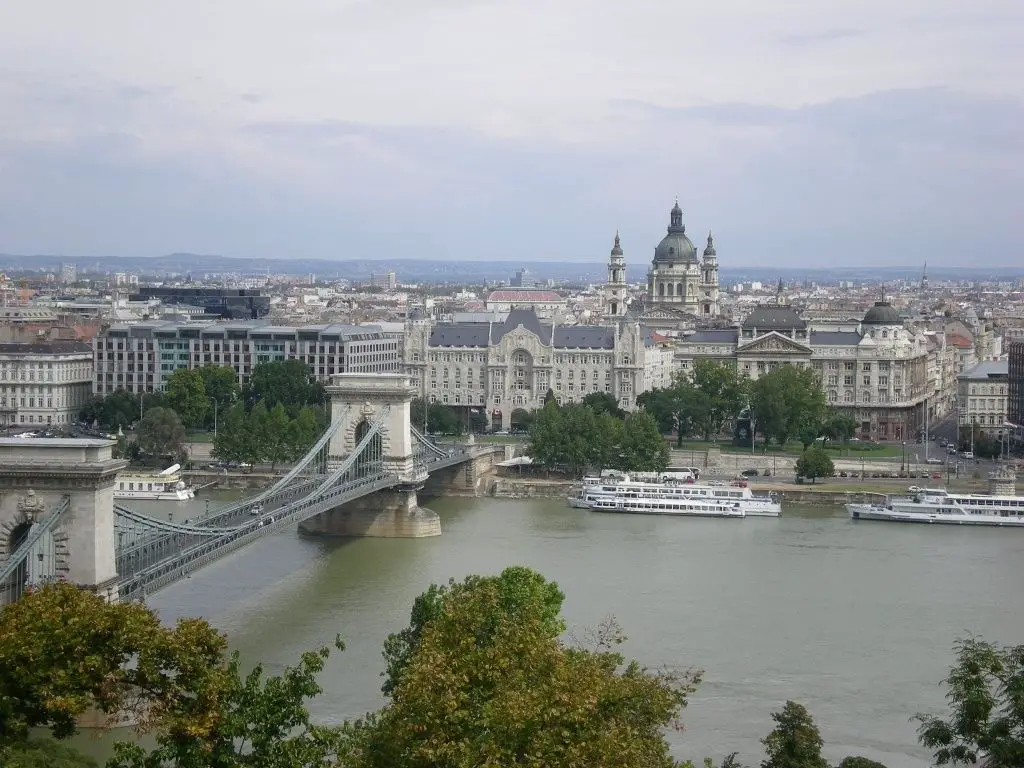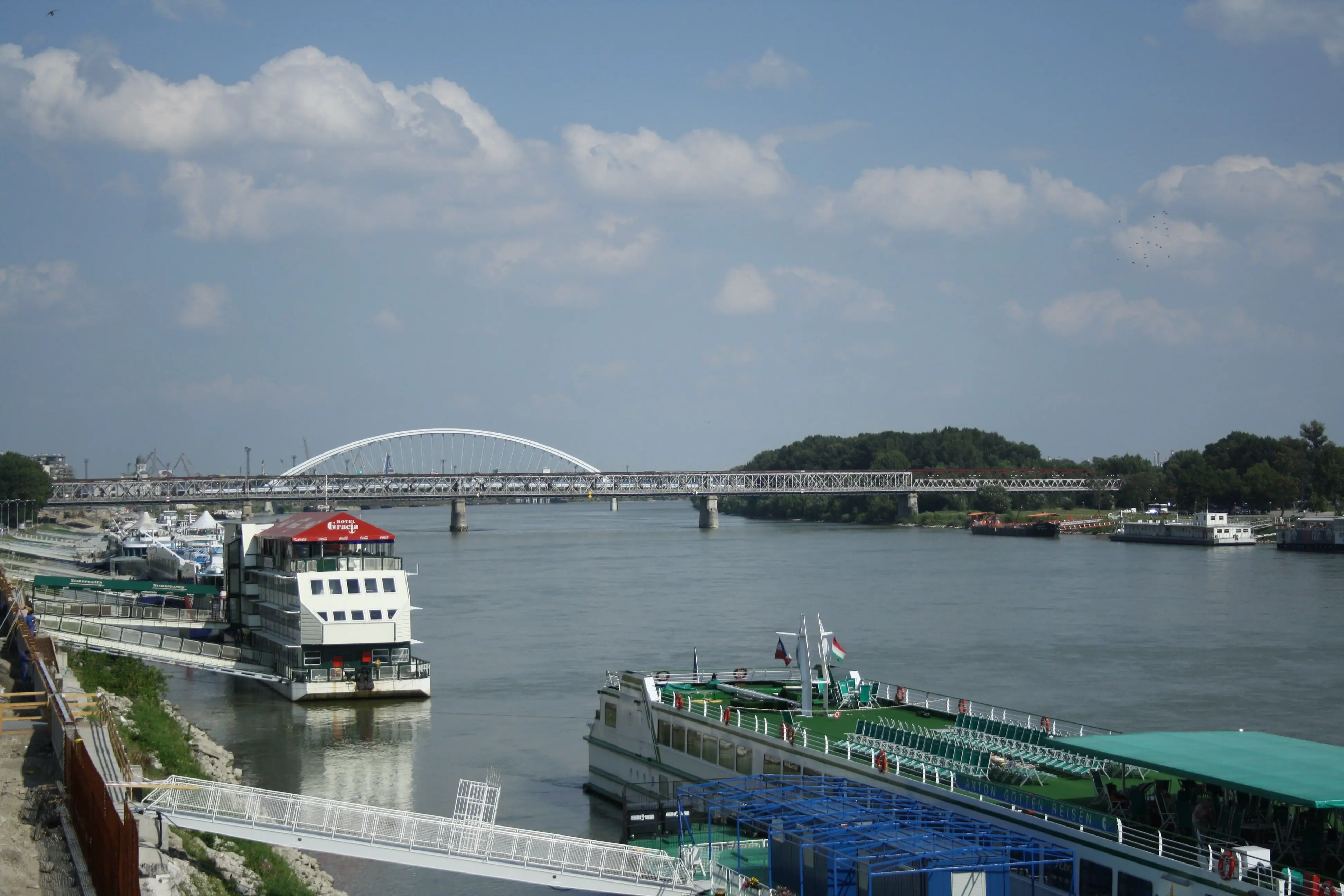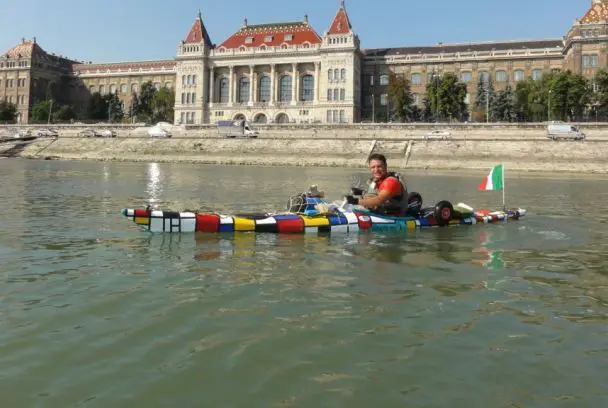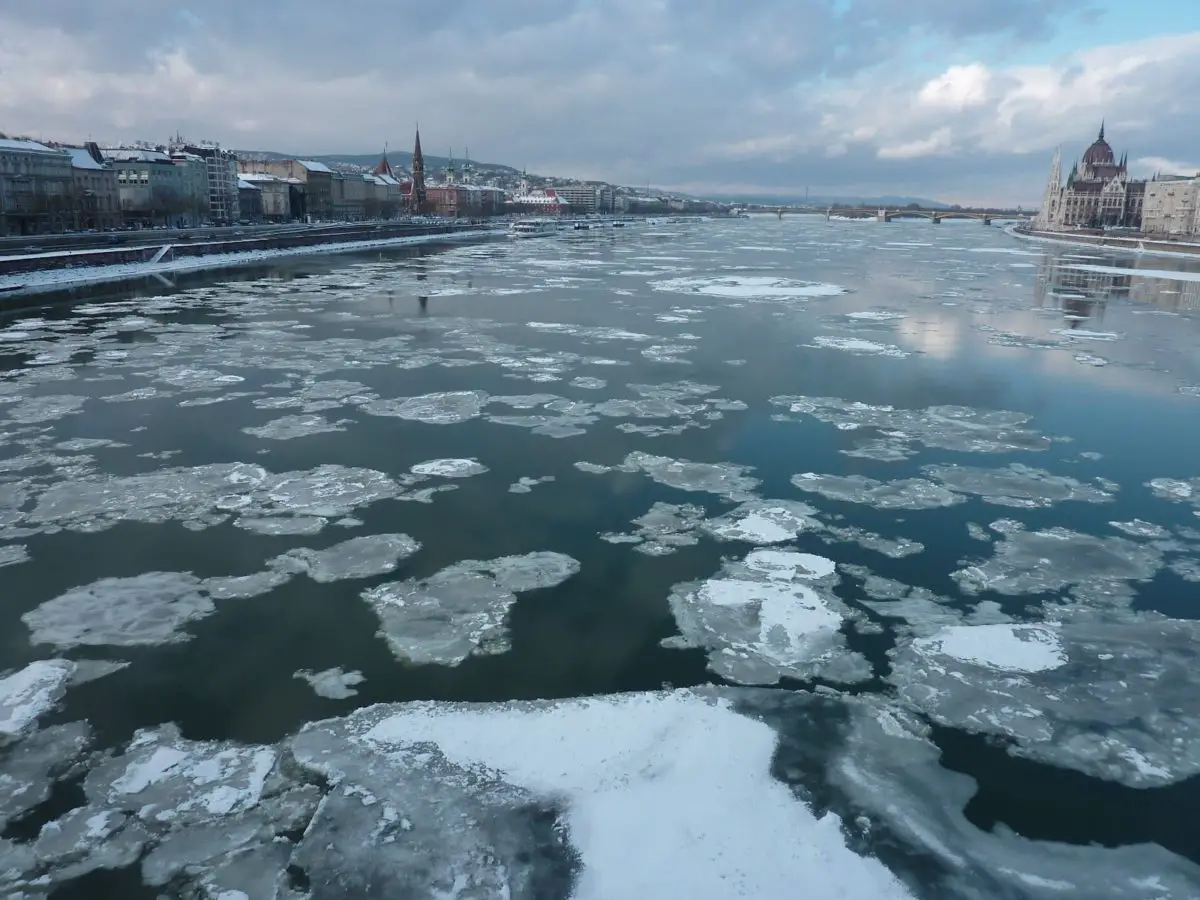Last Updated on August 29, 2023 by Hernan Gimenez
The Danube is Europe’s second longest river. It is considered a natural reservoir par excellence, rich in flora and fauna with more than 4,000 animal species and 1,000 plant species. Its breathtaking beauty goes hand in hand with the great importance of this waterway for much of Europe, both in a natural, economic and environmental sense.
Indice De Contenido
History of the Danube
Danube comes from “danu” running water, river, although other versions say it means “to fly”. The Danube has played an important role in the history of Europe. Along part of its course and together with the Rhine, it formed the border of the Roman Empire. The Danube protected it from attacks and invasions from the north and west. Even in the Middle Ages it served its purpose in trying to stop the Russian invaders, which did not happen as they invaded and occupied much of Europe.
The Crusades
Because of its great length and navigability, the river has been used by many cultures over the years and centuries. It was of great use during the Crusades, as a passage to the Holy Land, and other no less important historical events that took place throughout the Danube basin.
Ancient Era
During the Ancient Era, due to its abundance of water, it became the border or frontier of the Roman Empire. The Ancient Era began with the discovery of writing and ended with the fall of the Roman Empire in the 5th century AD 476.
In 1856, the Crimean War ended, thanks to the Treaty of Paris, the Danube was placed under the control of the Danube Commission, created by a body whose function was to ensure the correct and fair transit on its waters, giving wide freedom of navigation from Ulm to the Black Sea, but two world wars put an end to these plans and intentions.
Location and characteristics of the Danube River
The Danube River in Germany has its origin or source in the Black Forest of Germany, but its immense course runs through more than ten (10) countries of Central and Eastern Europe, crossing four major European capitals and ending at the Black Sea, where it forms its delta in Romania.
The main river of the Black Forest is in Germany, in a mountainous massif that is now a tourist attraction. The Feldberg is 1,493 metres high.
Countries it crosses.
Among the countries through which the Danube flows in Germany, we have:
- Austria, Germany, Slovakia
- Hungary, Croatia, Serbia
- Romania, Bulgaria,
- Moldova and
- Ukraine.
Capital cities through which it passes
The river flows through the following capitals Belgrade, Budapest, Vienna and Bratislava and cities such as Passau, Regensburg, Ulm in Germany, Galati in Romania, Novi Sad in Belgrade, among others.
Source and mouth
The Danube rises at the confluence of two (2) rivers, the Brigach and the Breg, and flows into the Black Sea in Romania. It is a navigable river with a length of over 2,860 km, making it the second longest river in Europe after the Volga in Russia.
Black Sea
The Black Sea was known many years ago as the hospitable sea, the inhospitable sea, the great sea. It is almost enclosed, oval in shape. It is bordered by Bulgaria, Romania, Russia, Ukraine, Turkey and Georgia. It is about 430,000 square kilometres.
There are several versions of how the Black Sea came to be known as the Black Sea, one of which is that sailors used to say that it was dark when there were storms. Another version is that the concentration of hydrogen sulphide caused objects and debris from ships in the water to be covered with mud.
Danube River Basin
The Danube basin covers an area of about 800,000 square kilometres and flows through more than 10 countries. It also stretches through Switzerland, Italy, the Czech Republic, Slovenia, Poland, Bosnia and Herzegovina and other countries of no less importance (see: Amazon River).
There are three identifiable zones along its course. One basin from the beginning of the river to Bratislava, another from here to the Iron Gates between Serbia and Romania, and another from there to the mouth of the Black Sea (see: Volga River).
The Iron Gate
The Iron Gates, located between Serbia and Romania, are formations called Natural Gorges, Golubac, Gospodin and Kazan, which compress the passage of boats, due to their narrowness in the course.
Characteristics of the basin
One of the characteristics of the river is that it is almost entirely navigable. It has many tributaries from Ulm in Germany, linking important agricultural areas. It has a considerable flow in accordance with its catchment area. However, it is not as navigable as the Rhine, another important river in Europe.
The Amazon basin, or Amazonia, is approximately 7 million square kilometres in size. Because of its vast extent, it touches a small part of the northern part of Venezuelan territory.
Fauna
The Danube is home par excellence to salmon, sturgeon, thousands of species of birds, forests, vast plains and diverse ecosystems, thanks to the temperate climate that characterises much of the area. (See: River Nalón)
Among its most important aquatic species (more than 70) are the sturgeon, valuable for its precious cargo, caviar, European eel and allis shad, as well as molluscs and amphibians. There are numerous pelicans, herons and cormorants.
Tributary of the Danube
With a course of more than 2888 km, the Danube has several tributaries flowing into it. It has 129 tributaries, most of which are 20 km long.
Convergence of two rivers
There is a point where the Danube flows under the Danube and joins the Rhine, where the Rhine flows into the North Sea and the Danube flows into the Black Sea. The Rhine is located in Brandenburg, Germany, is 1235 km long and rises in the Swiss Alps; it flows through 5 countries, namely Switzerland, Austria, Germany, France and Liechtenstein.
Importance of the Danube River
Considering the number of countries through which it flows, each with its own name in its own language, and its bustling capitals, the importance of this European river is clear. Among the highlights is its river channel, which serves as an international bridge for agricultural, fishing, tourist, commercial and industrial activities.
Commercial transport
Most of the Danube countries benefit from river transport on the Danube. Raw materials for the automotive, railway, steel, mining, oil and chemical industries are transported on the Danube.
Audi, BMW, Dacia, Volkswagen are some of the companies that use this transport channel. Wagons, trains, precision machinery from Germany and Austria. It is expected that river transport on the Danube will double in about 10 years.
In Novi Sad, Serbia, a bridge is being built to replace the one destroyed by bombing during the war in the former Yugoslavia. It will be a mixed bridge, mainly for road and rail.
Danube River Reservoirs
It has power stations such as the Iron Gates and the Gabcikovo reservoir; it supplies drinking water to a large part of the population and supports large crops. Industry, agriculture and fishing are of great economic interest.
Iron Gate Reservoir
This huge dam was built in the 1960s to harness the water flow for hydroelectric power and also to improve navigation, which was very dangerous because of the strong currents. See article on Rio Orinoco
This has helped the tourism sector to benefit from the high flow of cruise ships that make the journey repeatedly throughout the year, when it is visited by thousands of tourists from all over the world.
How does the European Union influence the Danube?
The European Union consists of twenty-eight European states and was established in 1993 with the implementation of the Treaty on European Union. It began with the founding countries of Western Europe: Belgium, France, Germany, Italy, Luxembourg and the Netherlands (whose capital is Amsterdam).
Later, Austria, Bulgaria, Croatia, Cyprus, the Czech Republic, Denmark, Estonia, Finland, Greece, Hungary, Ireland, Latvia, Lithuania, Malta, Poland, Portugal, Romania, Slovakia, Slovenia, Spain, Sweden and the United Kingdom joined the EU.
Since 2013, the European Strategy for the Danube Region has been in place, framed within the Four Motors for Europe, which consists, more or less, of re-powering the companies located in the area, 14 countries with 111 million inhabitants, in order to open up new economic relations in this important and rapidly growing market.
To summarise the Four Motors for Europe, and to give some context to the above, it is the division into four highly civilised and industrialised regions of Europe that intend to cooperate in the long term, both economically and socially, in various fields such as science, technology, education, the environment, culture and more. They are aware that the population and the market are growing rapidly.
Agriculture and Fisheries
Agriculture in the Danube basin is extensive and productive. Maize, wheat, sugar beet and grapes are important for the consumption and marketing of the area. Livestock is also important. Paprika, wines and beers from Hungary and the Czech Republic.
Aquatic species
More than 150 aquatic species live in its waters, the most important of which are salmon and sturgeon. Salmon can grow to the size of a man and live to be 30 years old. It is highly prized for human consumption, as are sturgeon eggs, which are a delicacy in many parts of the world. Because it is difficult to catch, its market value is high for some countries.
Danube River: Map
On the map of the Danube, you can see the river’s route through all the European countries, from the Black Forest, its source, to the Black Sea, where the Danube Delta is formed. You can see the importance of this waterway for trade, industry, tourism and the diverse ecosystem that contributes to the ecology of the area.
Pollution and flooding
Unfortunately, the Danube is not all good. The effects of human intervention, with industry, waste, indiscriminate extraction of resources and endangered species, construction of dams and reservoirs, have had a negative impact on the natural balance of the river.
Toxic pollution
The population, by dumping its waste, the power stations, the fertilisers and pesticides of the farmers, the sewage, all this degenerates into pollution that threatens the existence and survival of the sturgeon, the beaver, the pelican, the European pond turtle (Emys orbicularis).
Plastics, domestic and industrial waste have caused the Danube to reach very high levels of pollution, robbing it of its characteristic blue colour, which has given so much beauty and inspiration to its inhabitants, visitors and poets. The pollution of drinking water, both for human use (almost 80 million people) and for animals and agricultural crops, is extremely dangerous.
Operation Allied Force
The damage is still being felt from 1999, when factories in Serbia were bombed during NATO attacks known as Operation Allied Force, which were heavily criticised at the time as a violation of the UN Charter.
Floods
In 2013, there was an extremely damaging flood that forced Germans, Austrians and Czechs from their homes. Mobile flood walls, designed by Austrian engineers, were put in place and proved successful.
Danube River cities
Budapest
Capital of Hungary. Of great commercial and industrial importance. One of the most beautiful cities in Europe. It is home to several World Heritage Sites for its spectacular beauty. Its language is Hungarian. Its population is almost 2 million.
It is also an industrial city. Almost all branches of industry are represented. Its strength lies in the field of computers, electrical machines, telephony and pharmaceuticals. Tourism is also developed by the number of hotels and attractive sites.
Parliament
The River Danube in Germany, known here as the Duna in Hungarian, is adorned in this city by the Parliament, which houses the jewels of the crown. It is one of the most admired sights of the city for its enchanting and incomparable night view.
Passing in front of the Parliament is Margaret Bridge, with its imposing statues and stone structures. As you walk across it, it seems to bend at an angle and takes you to Margarita Island.
River cruises
It is a great attraction for tourists to cross the Blue Danube by boat and visit its three most emblematic and special bridges to contemplate the river: Chain Bridge, Margaret Bridge and Freedom Bridge. All of them have charming details in their structures that make you dream of crossing them one day.
You can walk the 380 metres of the Chain Bridge! Of course you can! You can’t imagine how it will feel to see the giant nuts and bolts in its structure and the giant lions at the entrances to the bridge. In 1896 the Liberty Bridge was inaugurated, dressed in green, also with an iron structure, which gives you access to the Pest Market, a beautiful part of the city.
Prague
Capital of the Czech Republic, formerly Czechoslovakia. Its historic centre has been a World Heritage Site since 1992. Located in central Europe, its main river is the Vltava. The Danube is known as the Danube. Charles Bridge is one of the oldest bridges in Prague and is decorated with sculptures of saints. Its construction began under Charles IV in 1357. Prague lies on the waters of the Danube.
Prague Castle
There is one citadel that we cannot fail to mention, it is a magical and unforgettable place, its name is Prague Castle, which has existed since the 9th century. It is a complex of palaces, beautiful gardens and corners, churches where Czech rulers and now presidents have lived.
With the opening of the European Union, Prague has managed to attract more people to its economic boom and progress, high wages and multinational companies, including more immigrants, mostly Ukrainians, Slovaks and Russians.
Romania
Its capital is Bucharest. Romania became a member of the European Union in 2007. It is located in Eastern Europe and lies on the lower reaches of the Danube, its main river, which forms most of its border with Bulgaria. It is important for commercial transport and is a source of energy for the city.
Dunarea is the name of the Danube in Romania. It branches into three tributaries near Tulcea before reaching the Black Sea. There it reaches the Danube Delta, which is protected for about 2,733 km and divided into 18 zones. Depending on the region, the climate is temperate. Its relief includes mountains, hills and plains.
Characteristics
Its characteristics are that it is an area rich in vegetation and birds immigrants from different parts of the world, Europe, Asia. The population is about 15 thousand people who live mainly from fishing. The river is an economic route for the transport of goods and passengers.
After passing Bratislava there is a large concrete and steel structure, the Gabcikovo power plant, which has changed the nature of the Danube and the aquatic life present. It has caused extensive damage to the ecosystem.
Vienna
It is located in Austria, Central Europe. It is one of the oldest cities in Europe. It lies on both sides of the Danube, which crosses the city from east to west. Its historic centre has been declared a World Heritage Site.
There is a viewpoint in the Vienna Woods with a spectacular view of the Danube. It is the birthplace of Johann Strauss, author of the famous waltz “Blue Danube”, a musical tribute to the mighty river.
Bratislava
Capital of Slovakia. It lies on the banks of the Danube (Dunaj in Slovak). It borders Austria to the west and Hungary to the south, making it the only capital city to border two countries.
One of its landmarks is Bratislava Castle, overlooking the Danube, built in the 15th century, which burned down and was rebuilt around 1950. It now houses the Slovak National Museum. St Elizabeth of Hungary spent her childhood and youth there.
New Bridge
The New Bridge (Novy Most) crosses the Danube and its attractions include a restaurant at the top with a pleasant and beautiful panoramic view of the city. It also has a building in the shape of an inverted pyramid, where Slovak Radio is based.
Passau
A city in Bavaria on the border with Austria. Something spectacular is taking place in this city, with the Danube as the main protagonist. The Danube, the Eno, a tributary of the Danube, and the Iz, a stream that comes down from the mountains, converge and at a certain point you can see the three colours of the different riverbeds that meet.
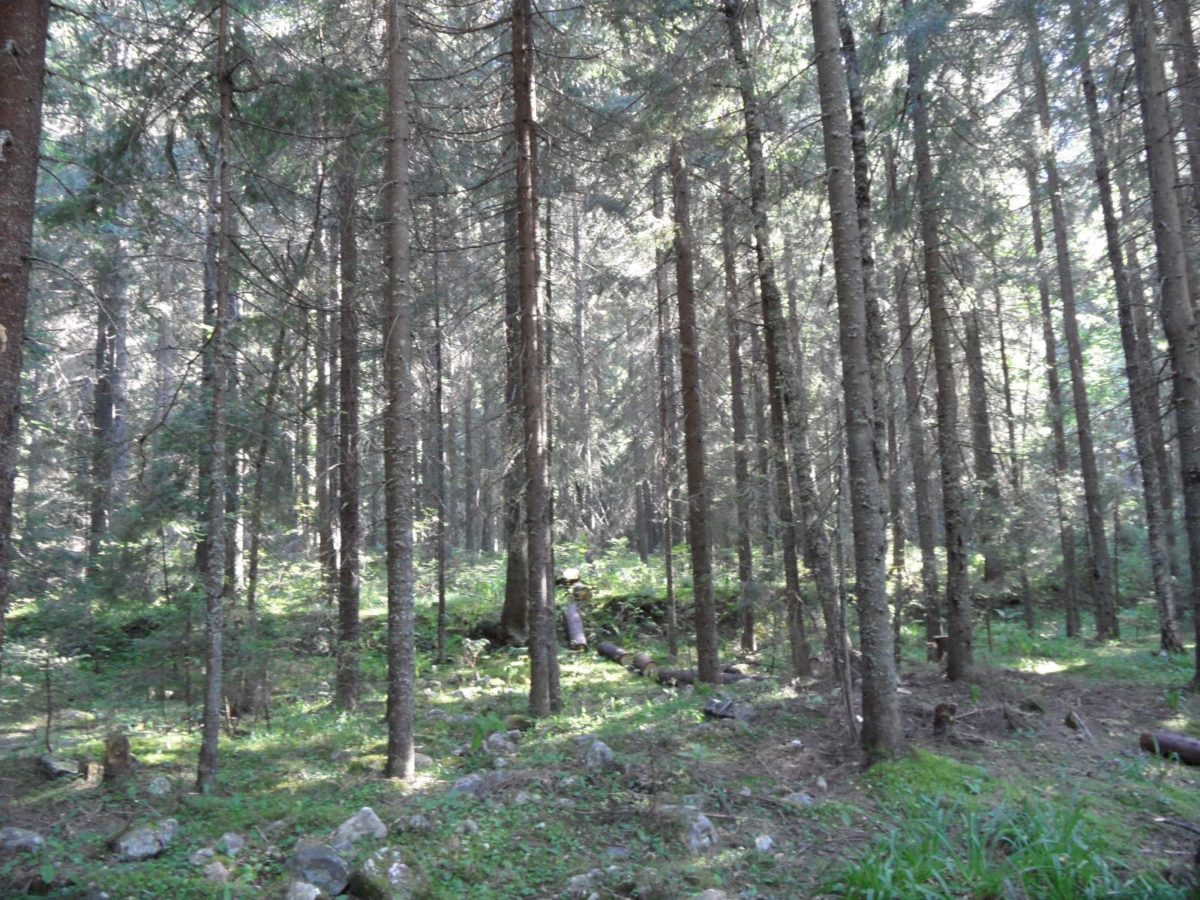
Recreation, Flora and Fauna
The Danube Delta is a biosphere reserve, better known as the Transboundary Biosphere Reserve of the Danube Delta. It is home to more than 1,200 plant species and 3,400 species of aquatic and freshwater fauna, including sturgeon.
Aquatic fauna
Sturgeon is a highly sought-after fish for its roe, better known as caviar, which is intended for human consumption. Because it is so difficult to obtain, it has a high market value. The Caspian Sea, Iran and Russia are the seas where beluga sturgeon is fished, and it is said to be the best caviar.
Flora and vegetation
Most of the area (78%) of the Delta is made up of reeds and cane thickets, forests of oak, elm and ash. Areas of marshes, wetlands and sandbanks provide a diverse habitat for birds such as pelicans, herons and swans migrating from Africa and Asia.
Part of the Danube Delta lies between Romania and Ukraine and was declared a World Heritage Site in 1991 due to its great biological and ecological importance.
Recreation
The vastness of the delta makes it a perfect destination for tourists who want to explore the Danube on boats, cruises or, for the more adventurous, kayaking the rushing and winding waters.
You can see the vineyards planted by the Romans, eat and enjoy caviar made from sturgeon roe. One of the most popular trips is the St George’s Canal tour, which departs from Tulcea.
Curiosities of the Danube River
Rivers are surrounded by stories and tales of the people who live on and visit them, some more true than others. Let’s take a look at some of the curiosities surrounding the Danube.
Cold snap
The river froze from Croatia to Romania. A layer of ice formed on the surface due to the low temperatures. Navigation was banned, causing serious problems for economic activities. Year 2012.
Floating money
Two young Austrians, one aged 20 and the other 22, were swimming in the Danube in Vienna when, miraculously and to their surprise, 100,000 euros appeared floating on the water. They have been given 5% of the total, and if the owners are not found, the remaining €95,000 could be returned to them.
Agatha Christie
On its route between Paris and Istanbul, the Orient Express made a long journey through the Danube countries, passing through Vienna, Budapest and many other cities. It was shortened to Vienna in 2001. The plot of Agatha Christie’s book Murder on the Orient Express takes place on this train.
Blue Danube
Who doesn’t know the famous waltz “Blue Danube” by Johann Strauss (Vienna, Austria)? The author of more than 400 waltzes, he was commissioned to write one that would be lively and cheerful for the upcoming carnival celebrations in 1866. It is now considered one of the most famous pieces of classical music.
Danube River in Colombia
In the Cauca Valley there is a river called the Danube. It is considered to be a stream. Santiago de Cali is the capital of this Colombian department. Its strength is its sugar industry, which supplies a large part of the Colombian market and other countries. It has a good network of roads, airports and ports.

